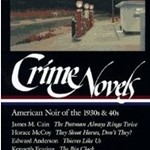 I’m back today with more stuff to covet. First, a few classics that any film noir fan should own. These books have been out for a while but I wanted to mention them because the Library of America editions are particularly well done.
I’m back today with more stuff to covet. First, a few classics that any film noir fan should own. These books have been out for a while but I wanted to mention them because the Library of America editions are particularly well done.
“Crime Novels: American Noir of the 1930s and 40s” (Vol. 1) includes The Postman Always Rings Twice, They Shoot Horses, Don’t They?, Thieves Like Us, The Big Clock (Library of America), $35.
“Raymond Chandler: Stories and Early Novels: Pulp Stories” includes The Big Sleep, Farewell, My Lovely, The High Window (Library of America), $40.
“Raymond Chandler: Later Novels and Other Writings” includes The Lady in the Lake, The Little Sister, The Long Goodbye, Playback, Double Indemnity screenplay, selected essays and letters (Library of America), $35.
And now for some newly released titles.
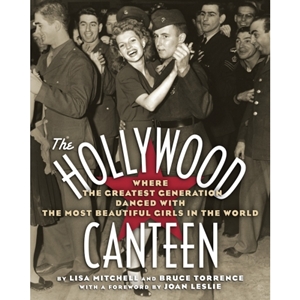
The Hollywood Canteen: Where the Greatest Generation Danced With the Most Beautiful Girls in the World by Lisa Mitchell and Bruce Torrence, $23.
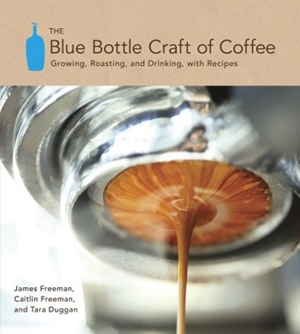
The Blue Bottle Craft of Coffee by James Freeman, Caitlin Freeman and Tara Duggan, $25. Jeffrey Steingarten recommends this coffee; nuff said.

 As a curator for the History Channel Shop, I’ve recommended 30 of my favorite film noir titles. You can’t go wrong with the Film Noir Classic Collection Vol. 1 (Warner Bros.). This essential set includes: The Asphalt Jungle, Out of the Past, Murder My Sweet, Gun Crazy and The Set-Up. (You can read mini-reviews of the first four titles on the Shop page or search for full-length reviews on this site.)
As a curator for the History Channel Shop, I’ve recommended 30 of my favorite film noir titles. You can’t go wrong with the Film Noir Classic Collection Vol. 1 (Warner Bros.). This essential set includes: The Asphalt Jungle, Out of the Past, Murder My Sweet, Gun Crazy and The Set-Up. (You can read mini-reviews of the first four titles on the Shop page or search for full-length reviews on this site.)
Last month, Paramount released “Sunset Blvd.” on Blu-ray, $27. Here’s a special-feature clip, a discussion of the mansion and pool in the film.
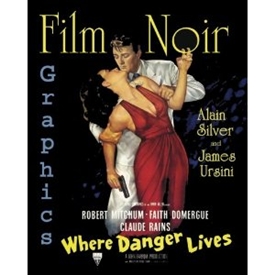
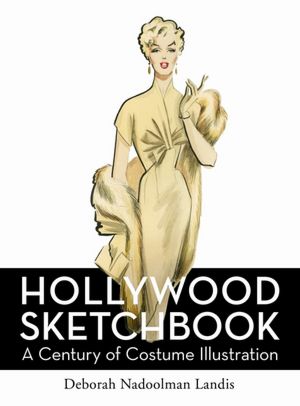
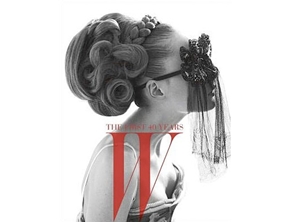
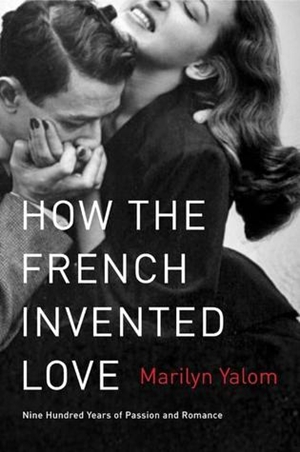
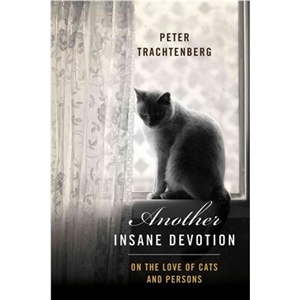

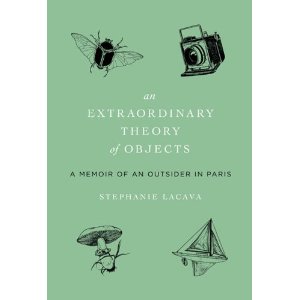
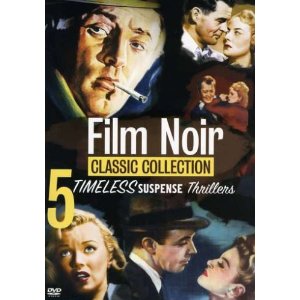
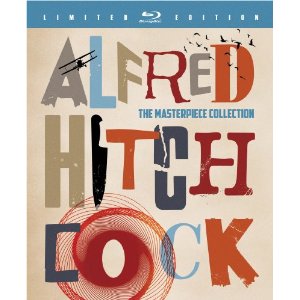
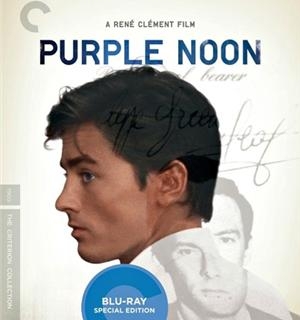





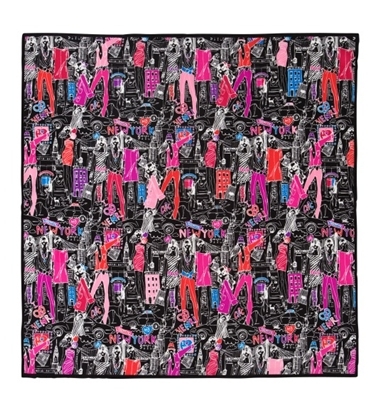
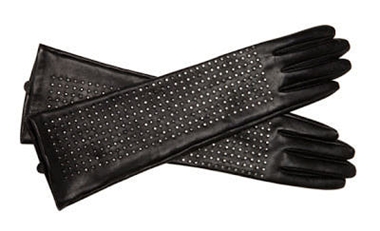

![amazon-lily-body-cream[1]-crop](http://www.filmnoirblonde.com/wp-content/uploads/2012/12/amazon-lily-body-cream1-crop.jpg)
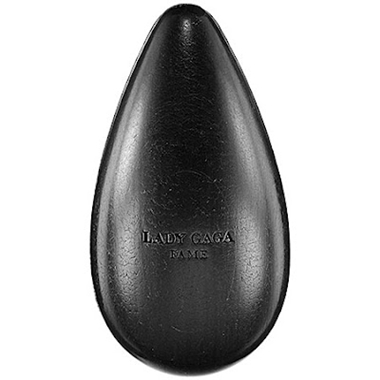


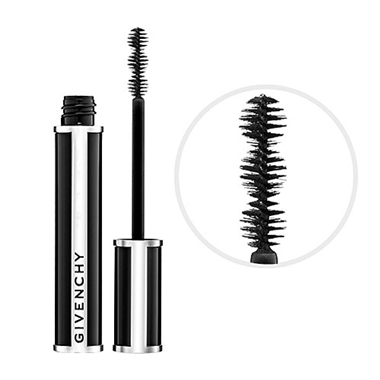


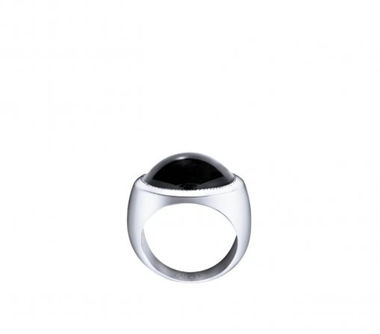




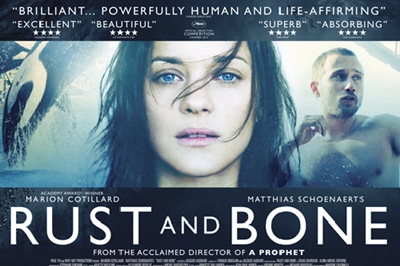
![robert_mitchum_night_of_the_hunter[1]](http://www.filmnoirblonde.com/wp-content/uploads/2012/12/robert_mitchum_night_of_the_hunter12.jpg)
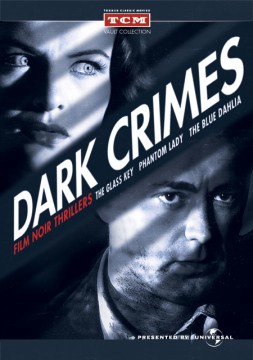
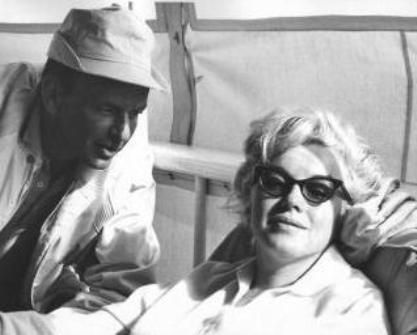
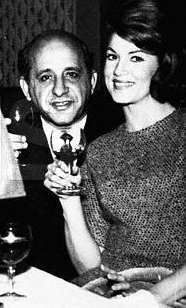
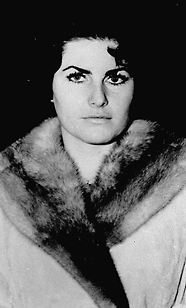
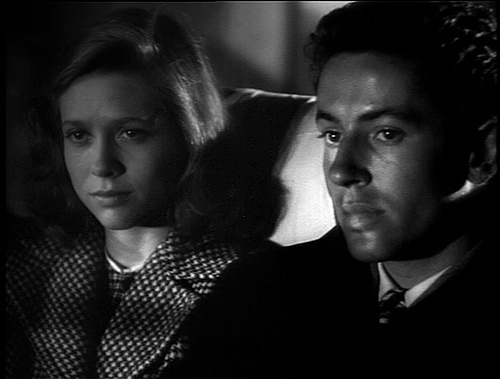
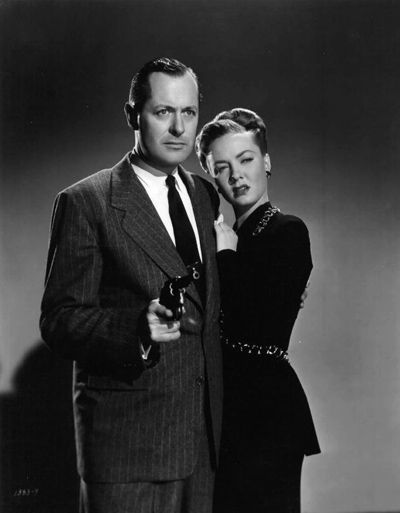
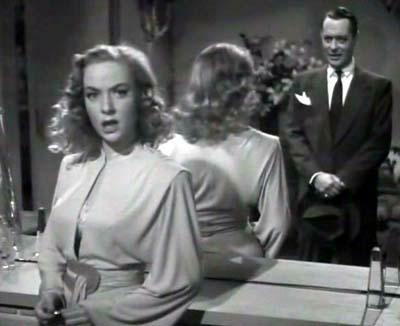
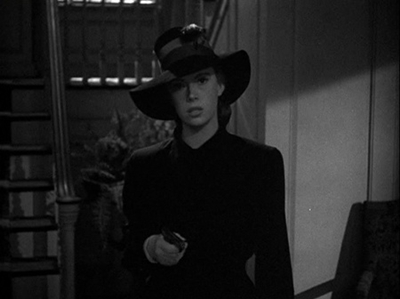
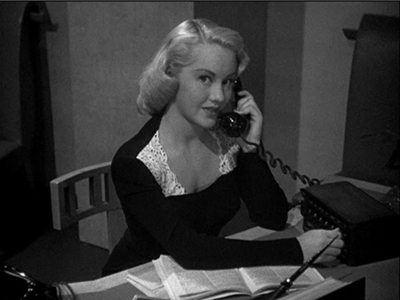









From FNB readers